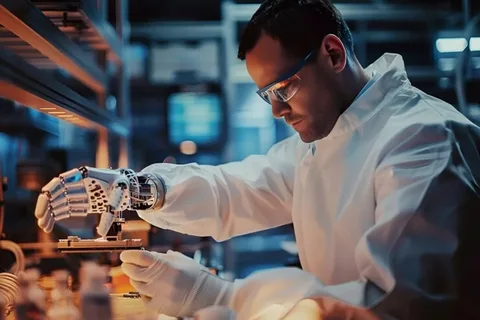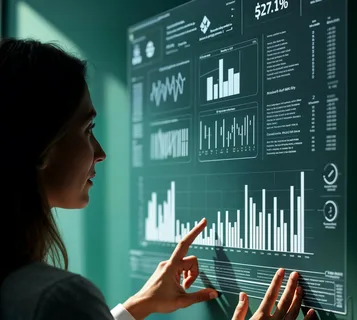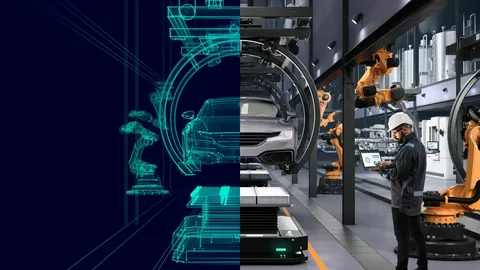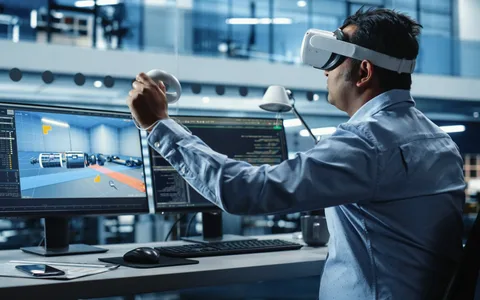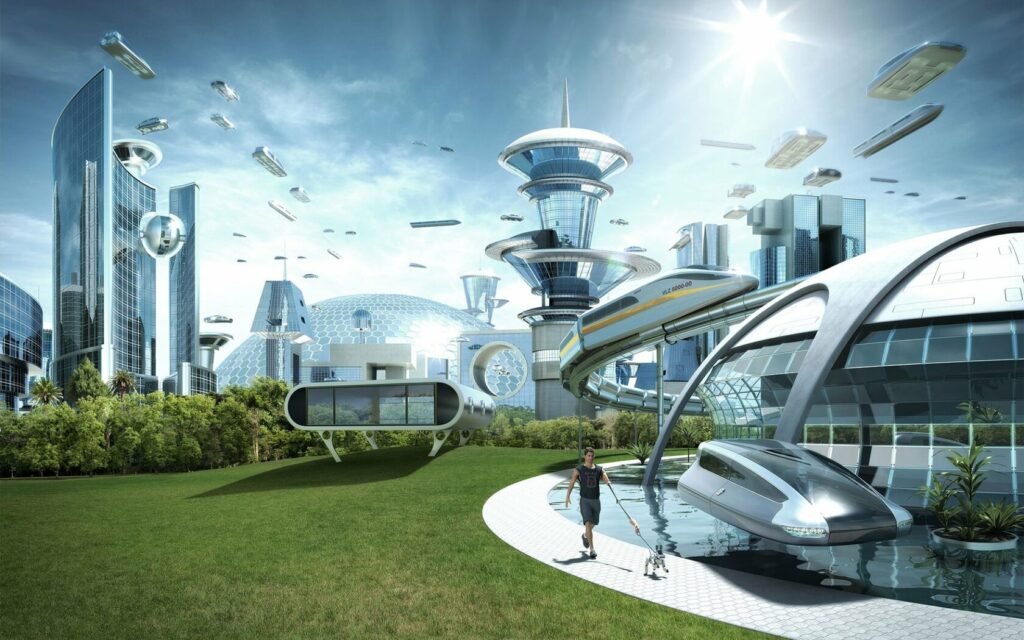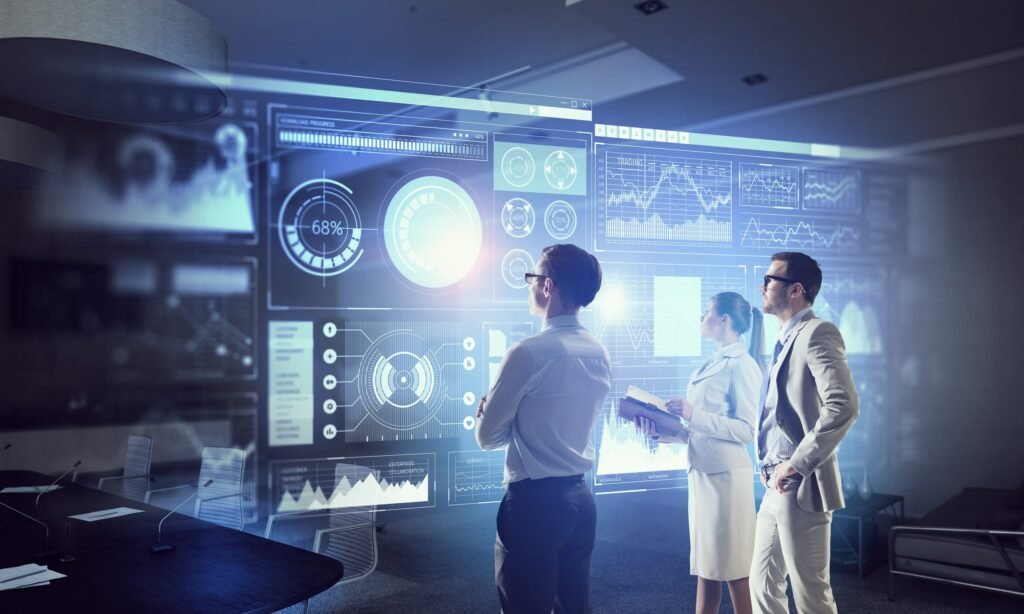AI-Powered Automation Revolutionizing Business Operations
In 2025, businesses are increasingly adopting AI-powered automation to streamline operations and enhance efficiency. Tools like AI agents and robotic process automation (RPA) are handling repetitive tasks such as data entry, scheduling, and customer support, allowing human employees to focus on more strategic activities. This shift is leading to significant productivity gains and cost reductions across various industries.
Predictive Analytics Enabling Data-Driven Decision Making
AI-driven predictive analytics is empowering businesses to make informed decisions by analyzing vast amounts of data. By forecasting market trends, consumer behavior, and operational bottlenecks, companies can proactively address challenges and seize opportunities. This capability is particularly valuable in sectors like retail, finance, and healthcare, where timely decisions are crucial.
Personalized Customer Experiences Enhancing Engagement

AI is transforming customer interactions by enabling hyper-personalization. Through machine learning algorithms, businesses can tailor product recommendations, marketing messages, and support services to individual preferences. This personalized approach not only improves customer satisfaction but also fosters brand loyalty and drives sales growth.
AI-Driven Cybersecurity Strengthening Defense Mechanisms
As cyber threats become more sophisticated, AI is playing a pivotal role in enhancing cybersecurity measures. AI systems can detect anomalies, identify potential vulnerabilities, and respond to threats in real-time, providing businesses with robust protection against data breaches and cyberattacks. This proactive defense mechanism is essential in safeguarding sensitive information and maintaining trust with customers.
Supply Chain Optimization Improving Efficiency
AI is revolutionizing supply chain management by optimizing inventory levels, predicting demand fluctuations, and automating procurement processes. These advancements lead to reduced operational costs, minimized stockouts, and improved delivery timelines. Companies leveraging AI in their supply chains are gaining a competitive edge through enhanced agility and responsiveness.
Human Resource Management Streamlining Recruitment and Development
AI is transforming human resource practices by automating recruitment processes, analyzing employee performance, and identifying skill gaps. AI-powered tools assist in screening resumes, conducting initial interviews, and recommending personalized training programs, leading to more efficient talent acquisition and development strategies.
Financial Services Enhancing Risk Management and Fraud Detection
In the financial sector, AI is being utilized to assess credit risks, detect fraudulent activities, and optimize investment strategies. Machine learning algorithms analyze transaction patterns to identify suspicious behavior, while AI-driven models assist in making data-informed investment decisions. These applications contribute to improved financial stability and customer trust.
Marketing Strategies Leveraging AI for Campaign Optimization
AI is revolutionizing marketing by enabling businesses to analyze customer data, segment audiences, and personalize campaigns. AI tools can predict customer preferences, optimize ad placements, and measure campaign effectiveness in real-time, leading to more targeted and cost-effective marketing strategies.
Product Development Accelerating Innovation
AI is accelerating product development cycles by simulating prototypes, analyzing market feedback, and predicting consumer preferences. This allows companies to bring innovative products to market faster and with greater alignment to customer needs. AI-driven insights are fostering a culture of continuous innovation within organizations.
Ethical Considerations Navigating AI Challenges
As AI becomes more integrated into business operations, ethical considerations are paramount. Issues such as data privacy, algorithmic bias, and transparency are prompting businesses to establish ethical guidelines and governance frameworks. Ensuring responsible AI usage not only mitigates risks but also builds consumer trust and complies with regulatory standards.
Conclusion
In conclusion, AI is fundamentally transforming the business landscape in 2025 by enhancing efficiency, enabling data-driven decision-making, and fostering innovation. Organizations that strategically integrate AI into their operations are poised to achieve sustainable growth and maintain a competitive advantage. However, it is essential for businesses to address ethical considerations and invest in upskilling their workforce to fully harness the potential of AI technologies. By doing so, companies can navigate the evolving digital landscape and thrive in the AI-driven future.

